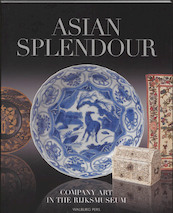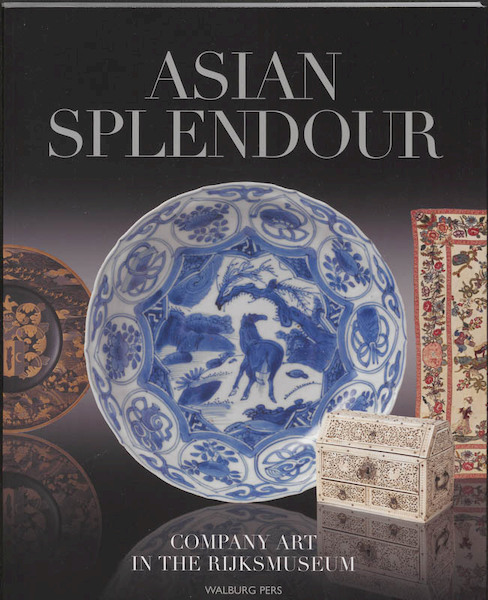| Prijs | € 24,95 |
Uitverkocht
Paperback | September 2011 |
Beoordeel dit boek als eerste!Beschrijving
Specificaties
- Auteur
- Jan van Campen, Ebeltje Hartkamp-Jonxis
- Uitgever
- Walburg Pers
- ISBN
- 9789057307423
- Bindwijze
- Paperback
- Publicatiedatum
- September 2011
- Categorie
- Wetenschappelijk
- Taal
- Engelstalig
- Aantal Pagina's
- 128
Beschrijving
When the Dutch East India Company was established in 1602, it lost no time in setting up trading posts throughout Asia. They secured shipping links – between the individual countries and with the Netherlands – and supplied large quantities of spices, tea, porcelain and Indian cotton in a constant stream. These trade goods from Asia were highly sought-after and left an enduring mark on European eating habits, dress and interior design.
The Company’s employees not infrequently traded on their own account in a wide range of relatively expensive products made by Asian craftsmen. They often had them made to order and shipped them back to the Netherlands – sometimes as contraband – on Company vessels. These costly Oriental objects were so greatly admired that connoisseurs came to the Netherlands from all over Europe to acquire them.
Asian art was a source of inspiration for western craftsmen and an important influence on the European view of the world. Nevertheless Europeans soon felt the need to change the appearance of the products to suit their own tastes, and from this developed an exciting fusion of cultures.
The Rijksmuseum in Amsterdam has magnificent examples of valuable private commissions from China, Japan, India, Ceylon and the Dutch East Indies. The finest of them are discussed in Asian Splendour.
Schrijf een recensie
Specificaties
- Auteur
- Jan van Campen, Ebeltje Hartkamp-Jonxis
- Uitgever
- Walburg Pers
- ISBN
- 9789057307423
- Bindwijze
- Paperback
- Publicatiedatum
- September 2011
- Categorie
- Wetenschappelijk
- Taal
- Engelstalig
- Aantal Pagina's
- 128








